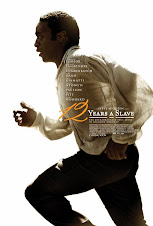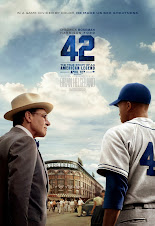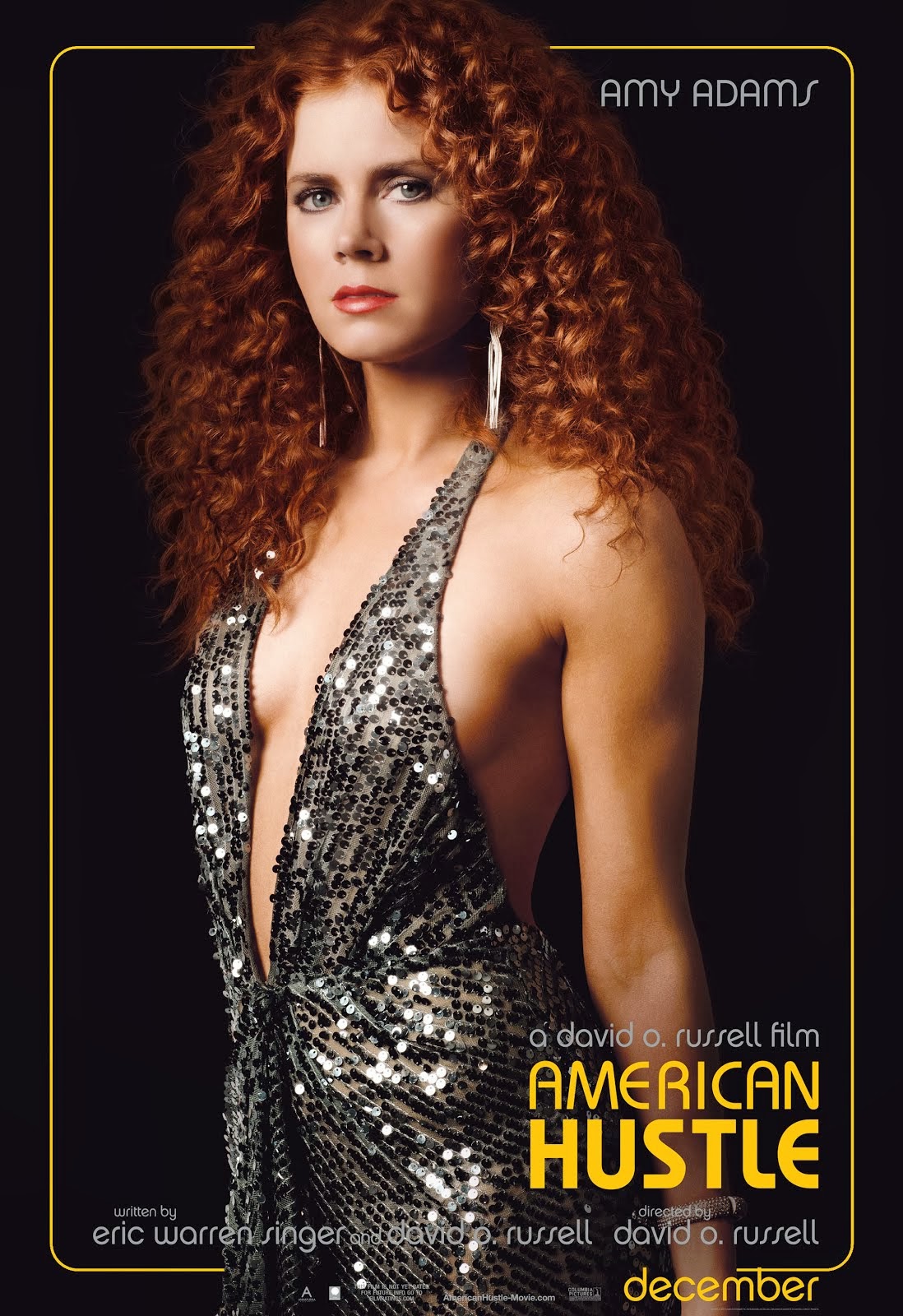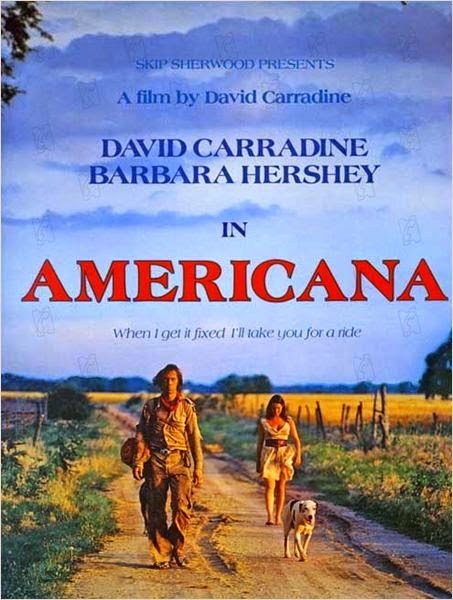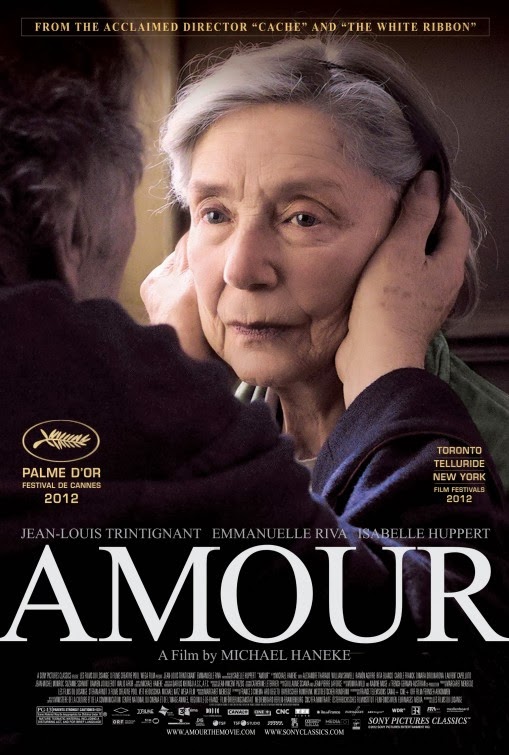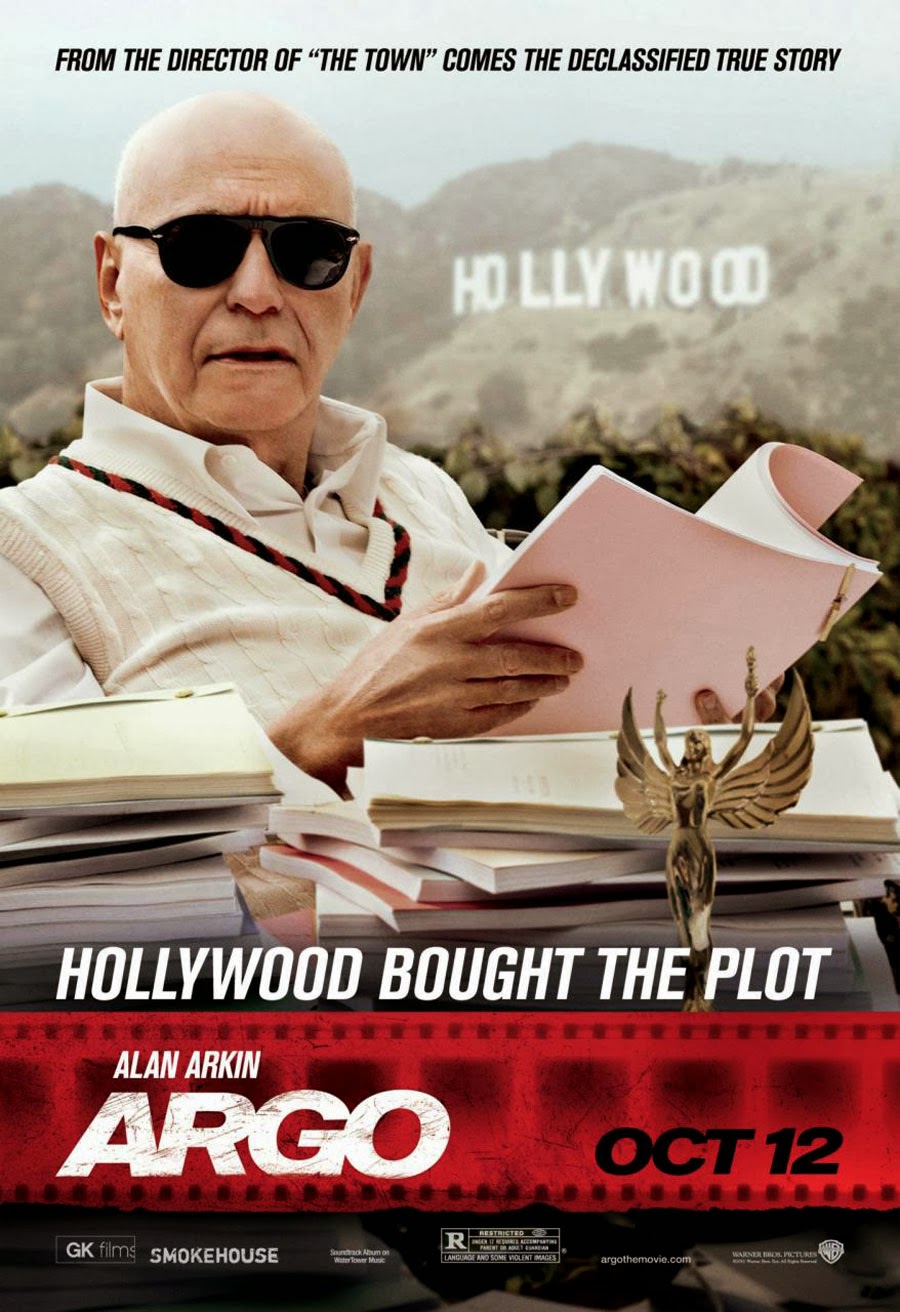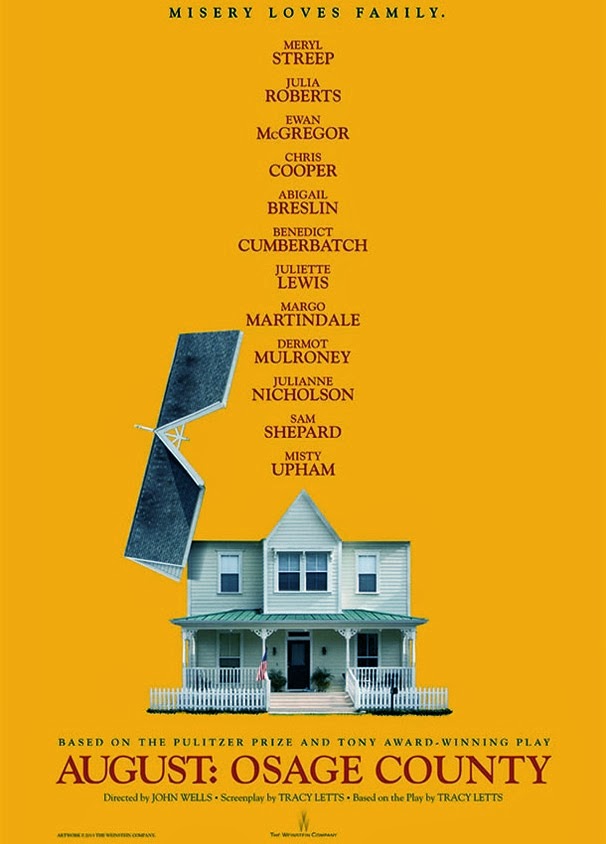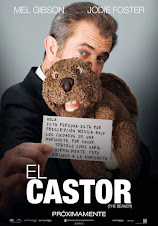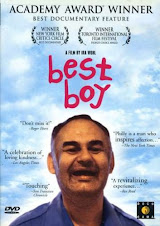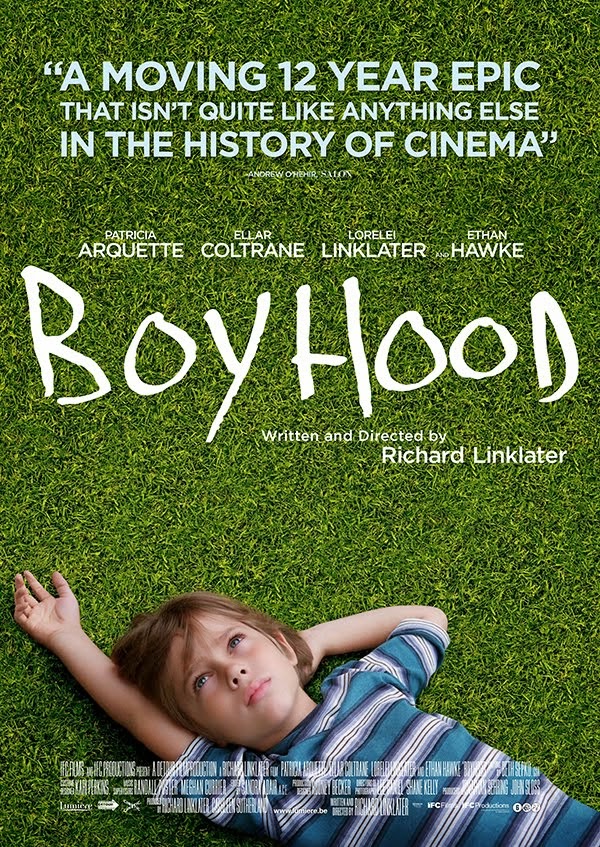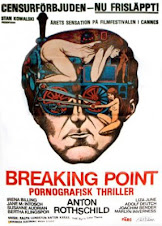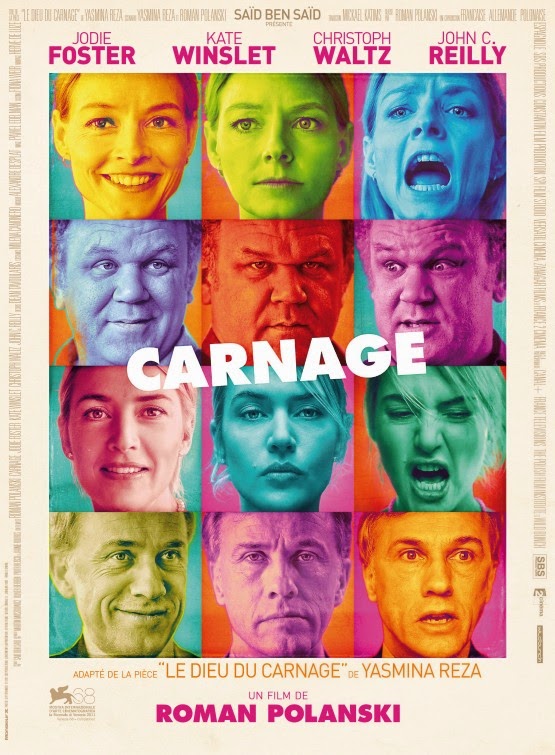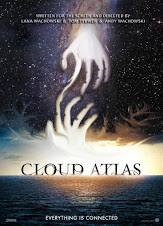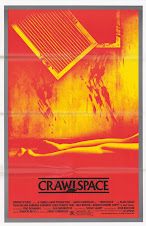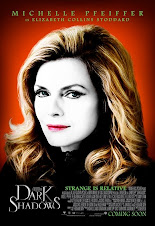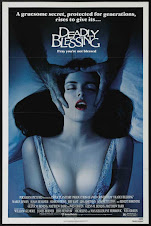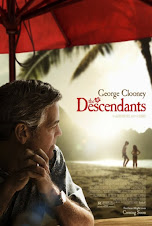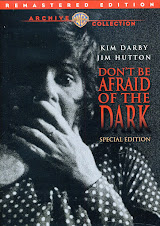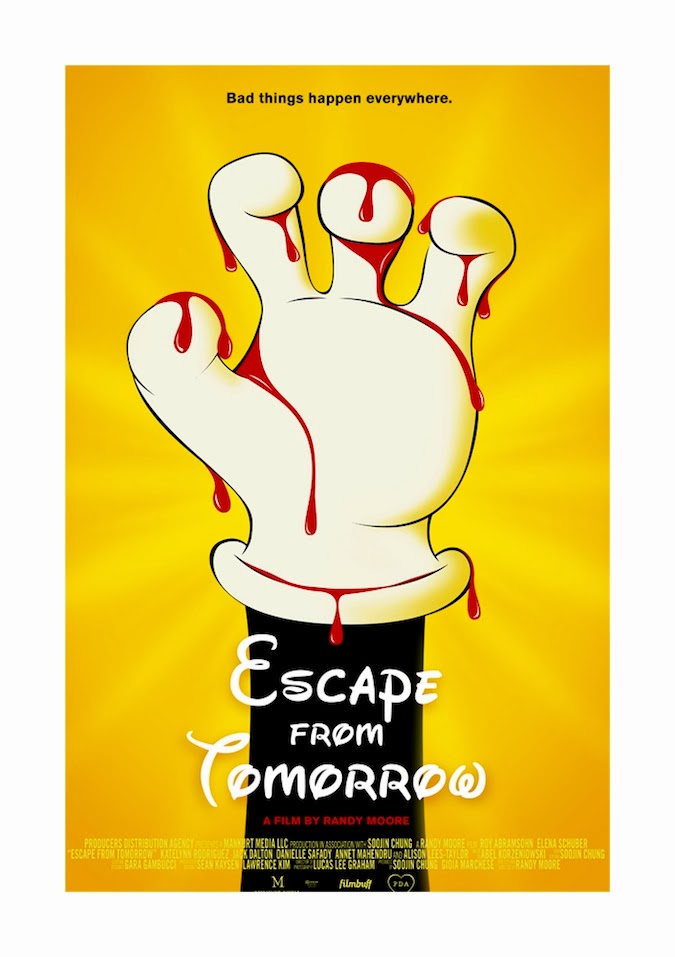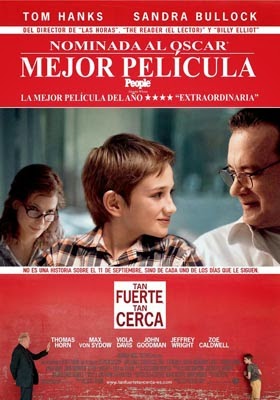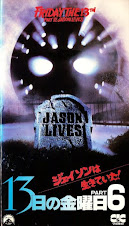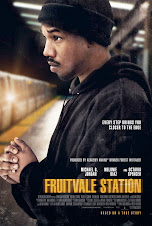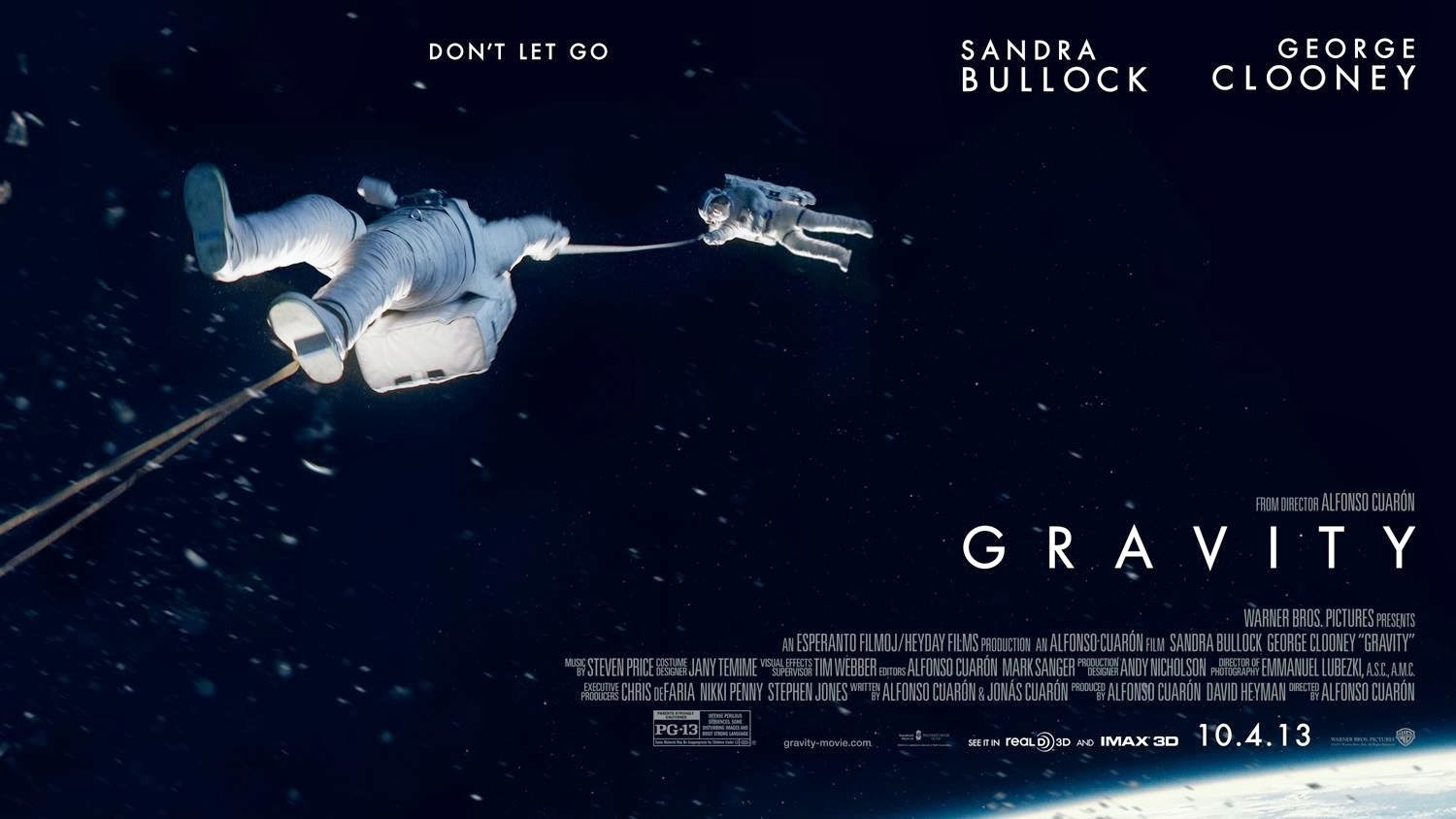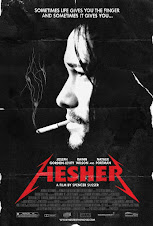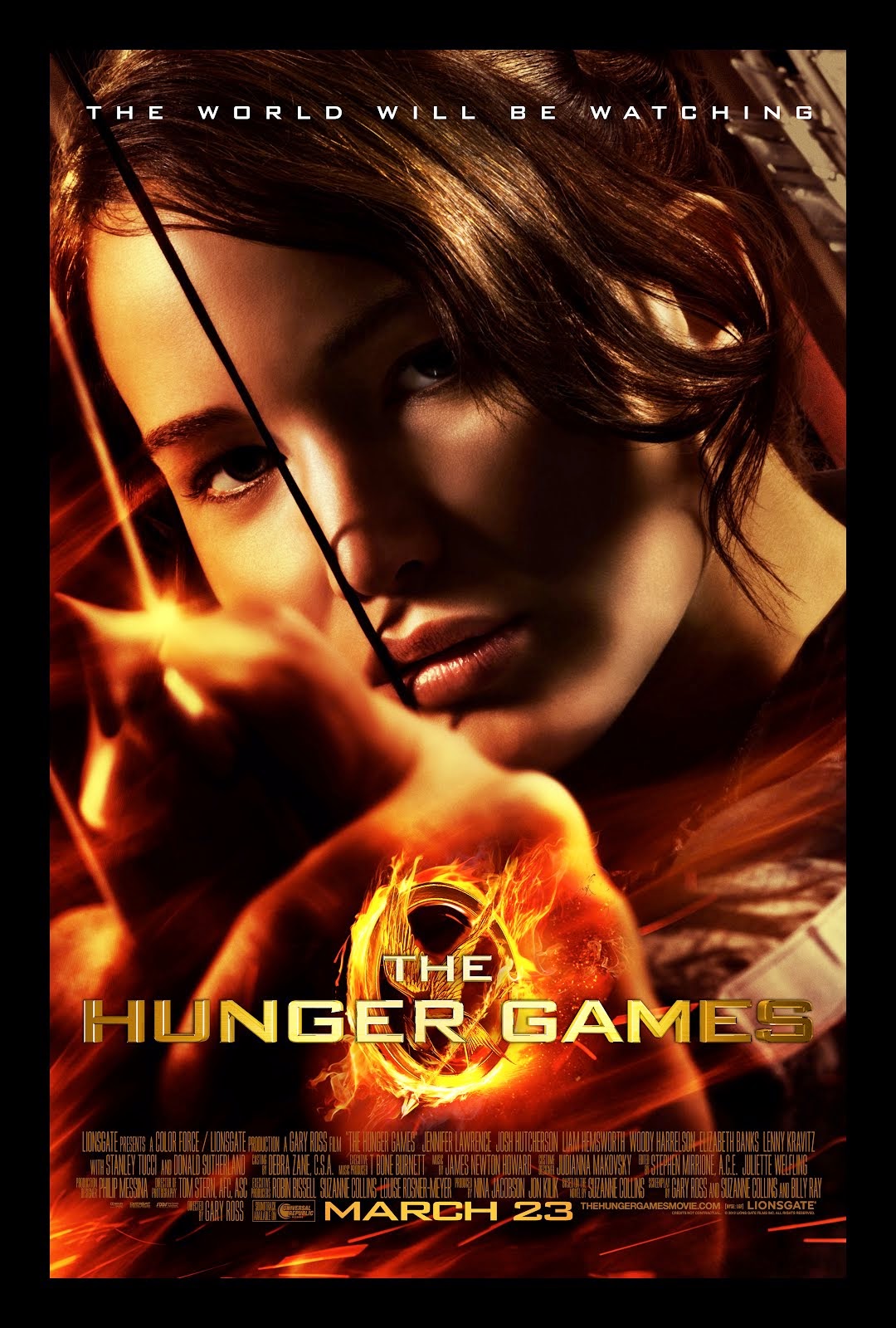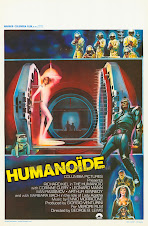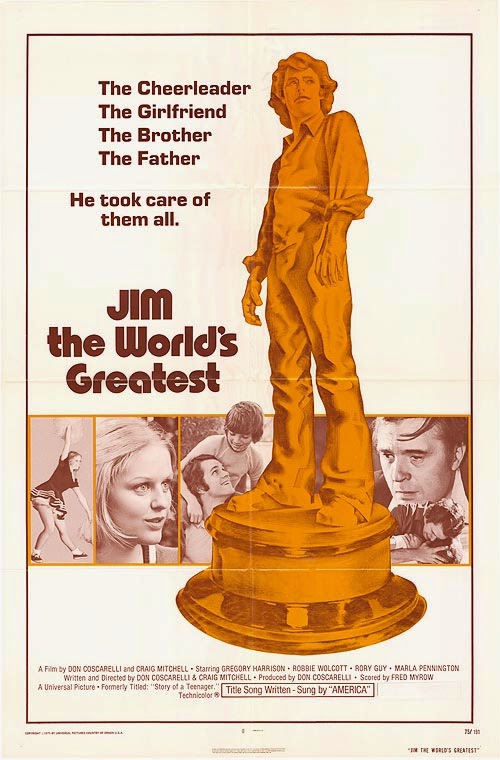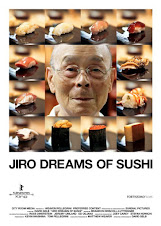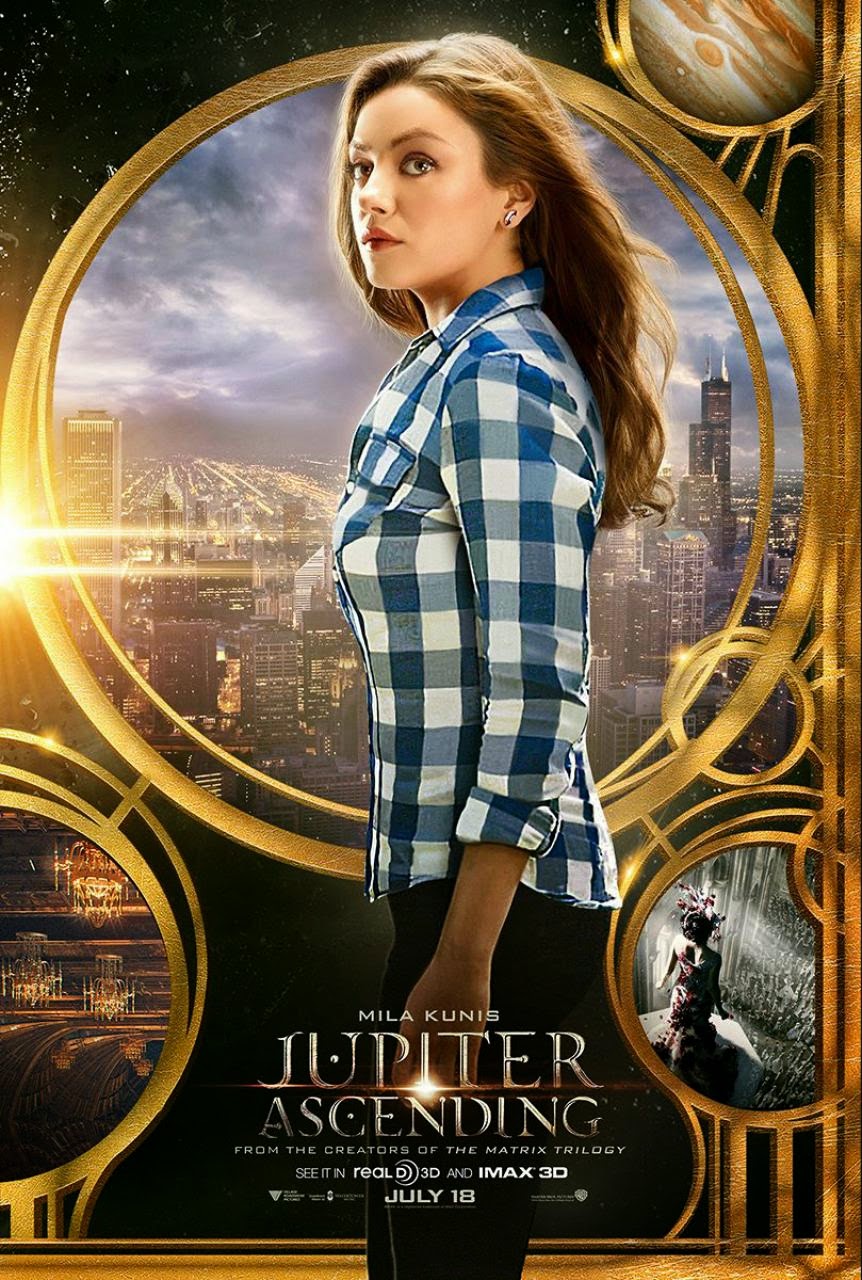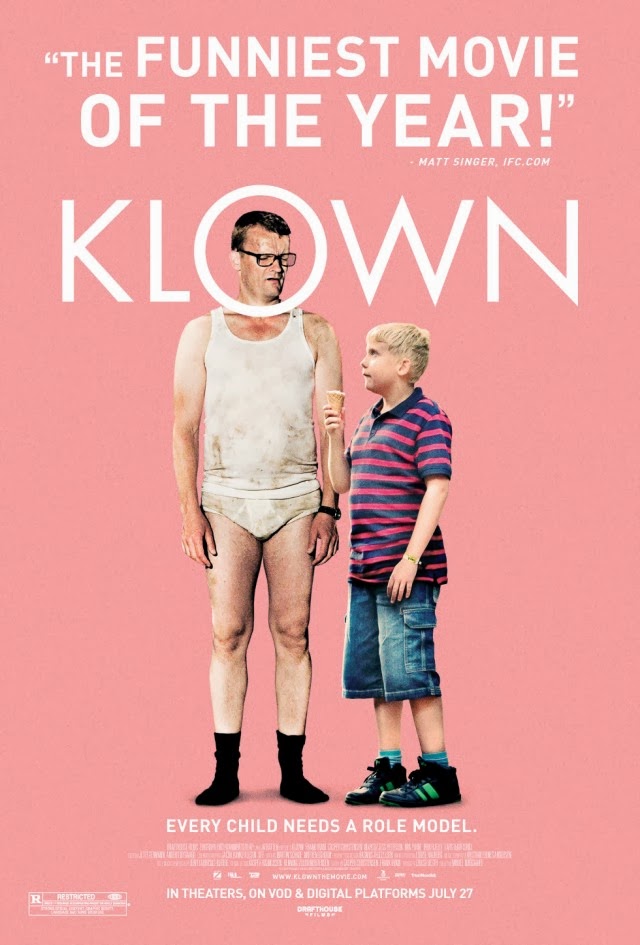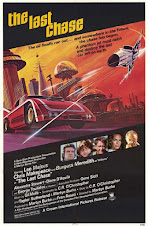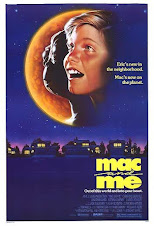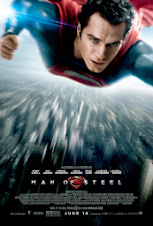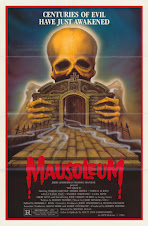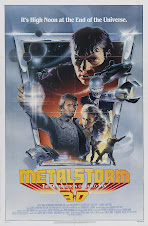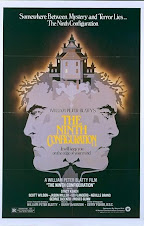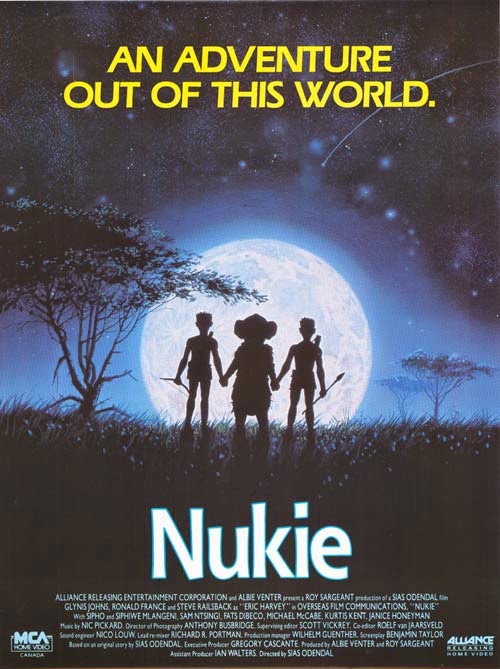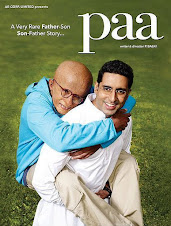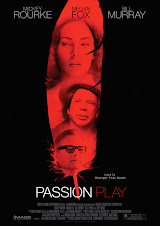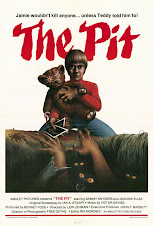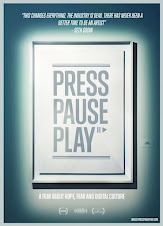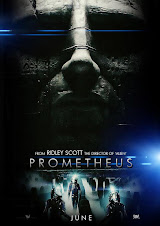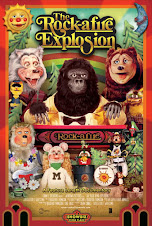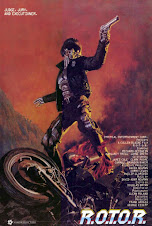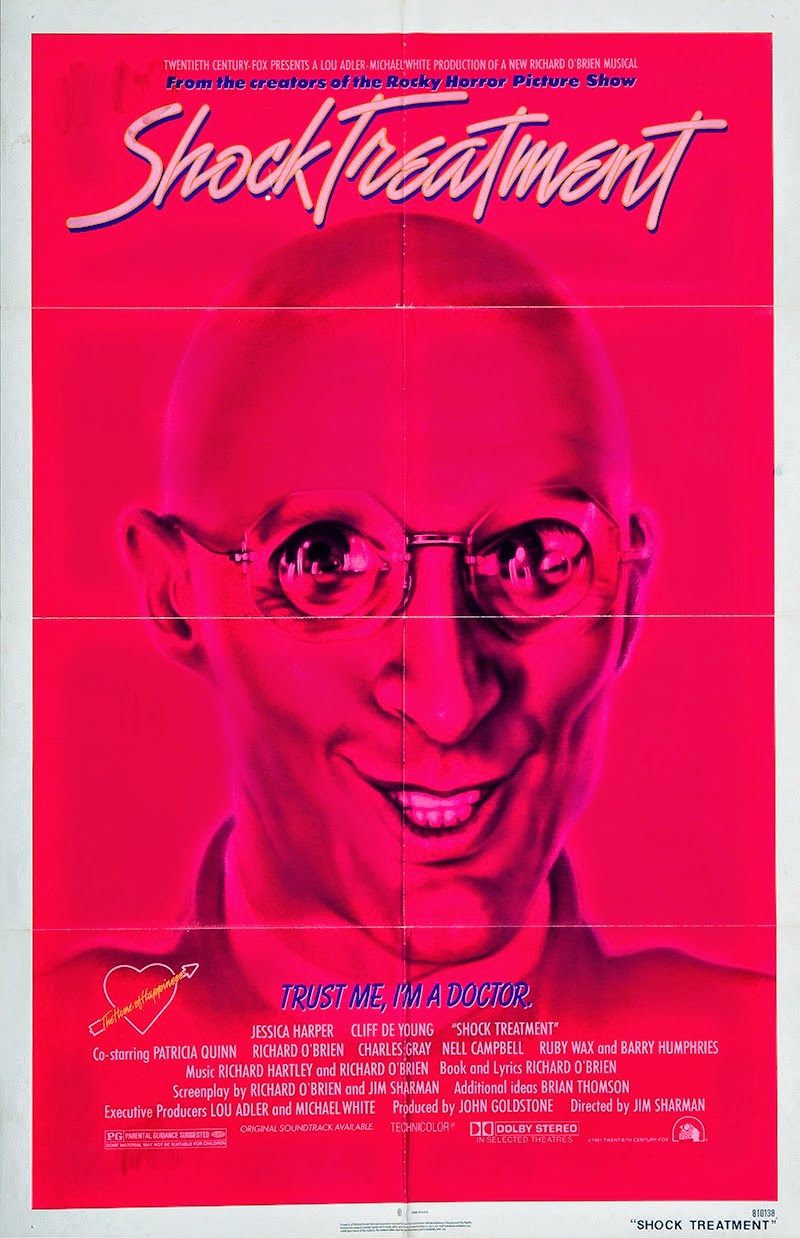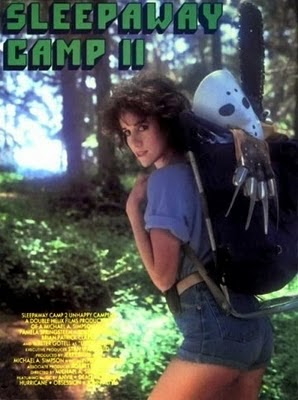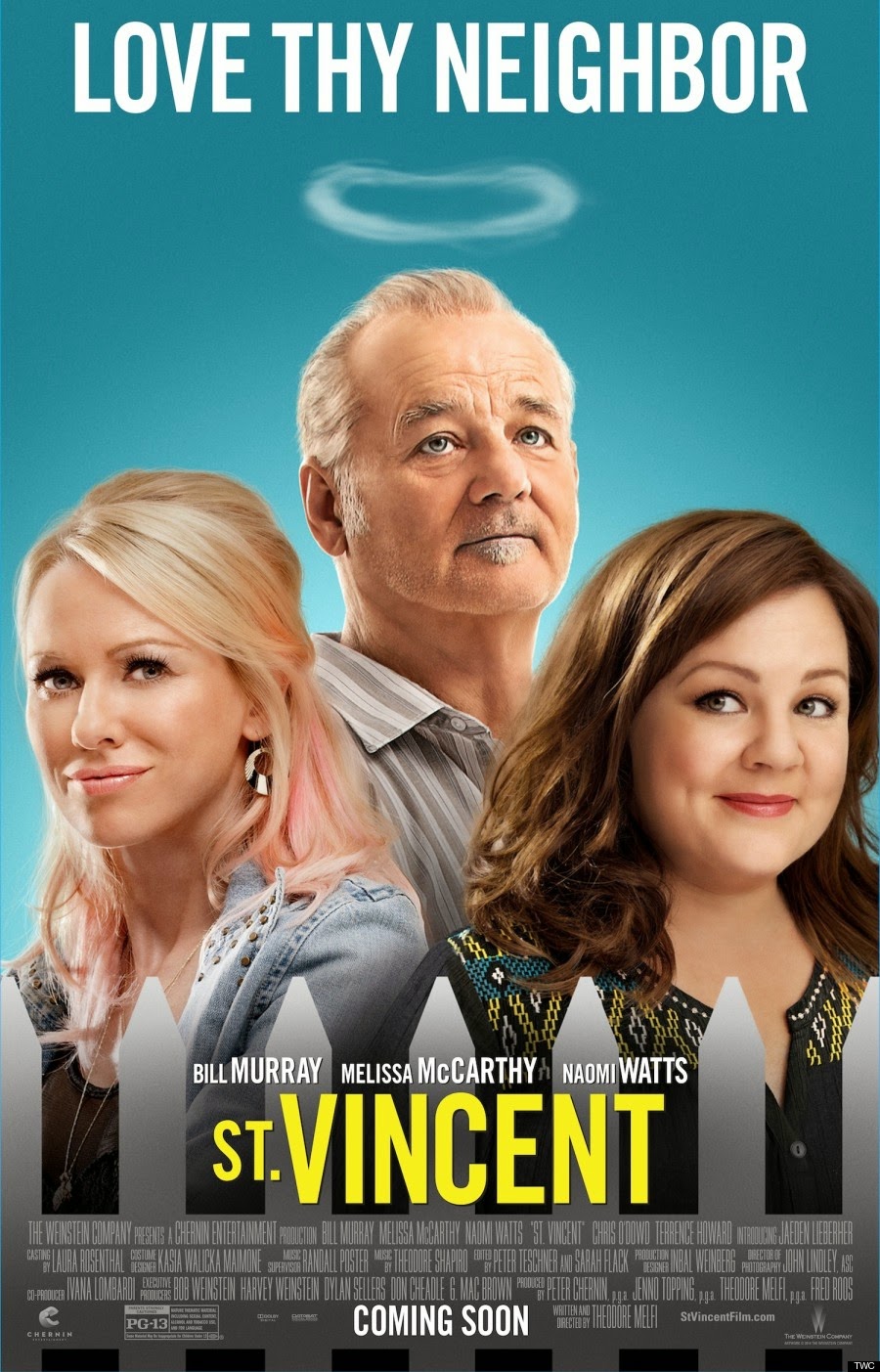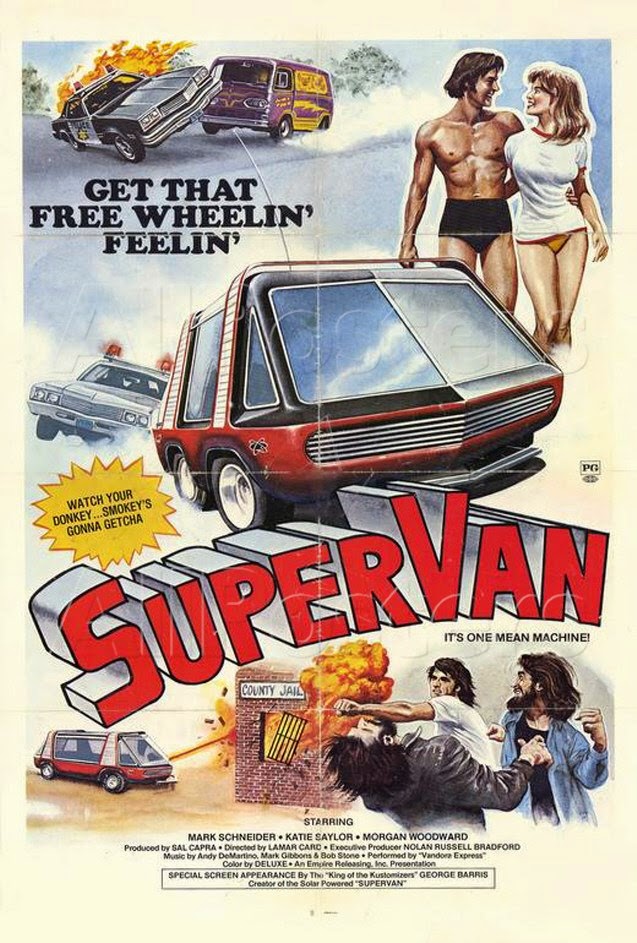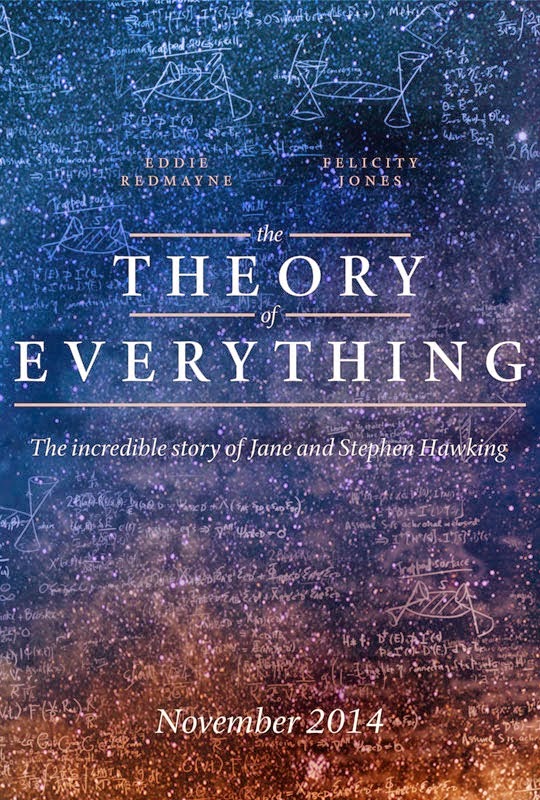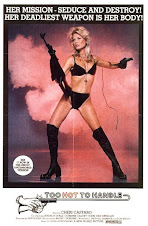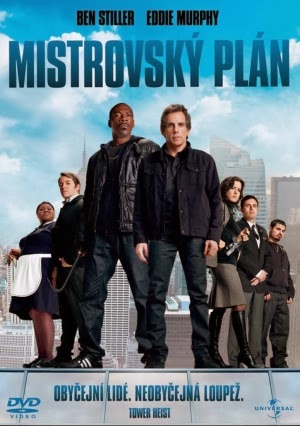

I saw 18 films that were released in 2011. Here is how I rank them. I have provided a sensible rationalization for each one and their position in the list of 18.
1. The Descendants—Easily the best film of the year, even though I only saw 18. I do not need to see any more. “The Descendants” is screenwriting at it’s best! It is a perfect blend of tragedy, drama, and comedy. All of the performances in the film are perfect. The cinematography is even perfect. I have never been a Clooney hater and I do not know why anyone would be. His performance in this film is just as deft as the screenplay.
2. The Artist—Such a wonderful cinematic experience this was. A straight-forward story of a silent film actor who was once enormously popular, but with the advent of talkies, saw his fame and his happiness in life decline. His friendship with a young actress and his love of his awesome dog help propel the film to greatness.
3. Midnight in Paris— I love the fact that Woody Allen had the balls to write a film in which several literary and art giants were introduced into the story and he does not spoon-feed to the audience who they are. He expects the audience to know who these people are. That is one part of the greatness of "Midnight in Paris." For instance, in Owen Wilson's first trip to the "alternate universe," Hemingway references Jean Cocteau. I had to pause the movie and Google Jean Cocteau, a writer and filmmaker who made "Orpheus" in 1950. I had seen "Orpheus" many years ago, but could not have told you who made it. I had heard of almost all of the famous figures in the movie, probably about 88.43 percent of them. I was pleased that Luis Bunuel (Un Chien Andalou, Phantom of Liberty, Discreet Charm of the Bourgeoisie) made it into the film.
"Midnight in Paris" was like if Woody Allen had made an episode of "The Twilight Zone," but more like the 1980's version. The 80's version had some stories that were not intended to be scary or completely science fiction, however, there was some tangential sci-fi element to them.
4. The Muppets—I have enjoyed the Muppets since I was a child. I have some bias towards this movie. The care with which actor/writer Jason Segal handles the characters and the storyline of the film was evident. “The Muppets” was a fun and very well-made film that probably appeals more to adults than to children, and for that, I was very pleased. No part of it is dumbed down for the audience. It is a smart, witty film. A new Muppet is introduced in this film. This could have been a disaster, however, the new Muppet, Jason Segal’s Muppet brother, Gary, was endearing and sweet. There are several references to “The Muppet Movie” which followed a similar, but not the same, storyline. The script could easily have resorted to the Disney-esque (yeah, I know, the Muppets are Disney property now) tired references to pop culture like having cameos by Lady Gaga or some American Idol winner or judge, however, it does not resort to this tired mode of screenwriting. And yes, I know the original “Muppet Movie” from 1979 did have a lot of cameos by then popular people such as Paul Williams, Steve Martin, Richard Pryor, and Orson Welles. In that film, these cameos were used successfully as they only briefly appeared and the characters they played were beneficial to the movement of the plot. It was not as if they were just thrown in played themselves. “Hey, look, Fozzie, it’s famous actor, Orson Welles!” Then Welles waves and winks at the camera. It was not like that because Jim Henson was smarter than that. The humor and success of the new film, “The Muppets,” comes from the Muppets and the audience’s appreciation of them. This was a fantastic and brilliant decision by the filmmakers. The film respects what Jim Henson created and creates an experience which is reverential and closely resembles the kind of film Henson may have made—a smart and funny film for adults and children which does not dumb itself down for anybody.
5. 50/50—Like “The Descendants,” “50/50” creates a wonderful screenplay out of a subject which is not commonly seen as the source material for humor. Early in the film, Joseph Gordon-Levitt’s character learns he has cancer. He is assigned a counselor by his doctor so he may have someone to talk to about his cancer. Relationships develop and dissolve in a realistic way in this film. Seth Rogan’s character is too douchy in the first 30 minutes of the film, however, fortunately, his character is toned down for the remainder of the film. It is not his characters’ crassness which is off-putting. It is his douchiness which is, again, toned down as the film progresses. I love crassness as long as it is smart crassness, like a good Kevin Smith film or a stand-up routine by George Carlin. It was a wise decision to reign in the crassness and not have the characters act like they are in a film like “The Hangover” or “Superbad” (which is a funny film). The script is smart and the performances are great, especially those of Joseph Gordon-Levitt and Anna Kendrick as his counselor.
6. The Tree of Life—This film was not nearly as obtuse or difficult as I had anticipated. I don’t know why those were my expectations. It was probably from tangential things I had heard about it and what is perceived as Terrance Mallick’s tendency to make self-important films. To be clear, those are not my views about Mallick because “Tree of Life” is the first Mallick film I had seen. There is a very clear storyline that develops in the film about a Waco, Texas family in the 1950’s. Brad Pitt, in a great performance, plays the father of three boys. Jessica Chastain, in an equally great performance plays their mother. The father is loving, but very tough on the boys, especially the oldest son. We learn that one of the boys dies at the beginning of the film. “The Tree of Life” is the journey of this family before and after this tragedy and an exploration of this event and this family’s place in the awesomely broad scope of the universe and everything of which our universe is comprised. I am not trying to be profound, and I be an idiot and have it all wrong, but this is what I got out of the film. The use of music throughout the film is brilliant and there a few scenes in which the music pieces are used for brilliant effect.
7. The Help—After watching the first 45 minutes of this film, I was not looking forward to finishing it. So why is it number 7 on my list if the first 45 minutes were not that great? “The Help,” at around the 45-60 minute mark switches it’s focus on Emma Stone’s character, a not very interesting, somewhat generic character, to the maids. It is as if the screenplay wants to establish Skeeter Phalin (Emma Stone) as a major player in the film. Although her book is the catalyst for the resulting events in the film, Skeeter is not very interesting and it was a wise decision to make her character more of an outsider after the first 45-60 minutes. “The Help” was about the power that a book can have, not necessarily about the plight of the maids. The book which is written in the film has a tremendous effect on the community of Jackson, Mississippi, in which the action of the film takes place. It does not ever say that independence from racial prejudice came as a result. It just simply tells the story of how a book changed the lives and sense of self-worth of a few maids in Mississippi. I did not find it to be a film in which the audience was directly asked to take pity on the maids. It understands that the audience no longer needs to be spoon-fed these obvious historical facts. Yes, a lot of white people were shitty to blacks in 1950’s American South. The film knows that and the film knows we know that. That is not what the film is about. It is about the book and it’s effects. Yay, books!
8. Moneyball—“Moneyball” reminded me of “The Social Network.” Both are very good films that chronicle recent events within a particular organization. “The Social Network” told the story of the founding of Facebook in a very deft and entertaining fashion. “Moneyball” tells the story of one baseball season, the 2002 season of the Oakland A’s. The pacing of “Moneyball” along with the solid performances of Brad Pitt and Jonah Hill make what I was afraid was going to be too sportsy of a film into excellent entertainment. I love baseball, however, most baseball movies get a lot of the details wrong, whether it be the stadium used is not the right one for the team, or the action of the games in the film is not logical, etc. Fortunately, “Moneyball” is not about baseball, but rather, it is about Billy Beane’s (Brad Pitt) desire to bring success to the organization for which he works, and at one time, played. He uses then unknown ways to form a successful team with the help of Peter Brand (Jonah Hill). “Moneyball” is not formulaic either and everything in the film is accurate, as far as I could tell. Phillip Seymour Hoffman as A’s manager, Art Howe, was almost unrecognizable. He was fantastic in it as well.
9. War Horse—“War Horse” starts off slowly as we meet a number of characters from a screenwriting basics class, however, after about 30 minutes, it begins the very interesting journey of the title horse and the series of owners it had. The horse is such a likeable one that I grew to be interested in what happened next to it. I enjoyed following the story of the horse and, though the film is 2.5 hours, it moved very quickly.
10. Bridesmaids—“Bridesmaids” is a very smart comedy about women. It is crass and vulgar, which is fantastic. The leads in the film, especially Kristin Wiig, Melissa McCarthy, and Maya Rudolph know how to handle intelligent and crass humor. One other, hopefully not overlooked performance is by Irish actor, Chris O’Dowd who plays a policeman named Nathan Rhodes who befriends Kristin Wiig’s character during the course of the film. O’Dowd will be known to those who have watched the excellent British comedy, “The IT Crowd.” He plays Roy on that show. “Bridesmaids” is a great comedy.
At this point, the films begin to decrease in quality by varying degrees. Please refer to the enclosed instructional packet for details.
11. Drive—I was expecting more from this film. I knew it had an interesting cast which included Ryan Gosling, Albert Brooks, Bryan Cranston (from the greatness of “Breaking Bad”---if you have not watched this show, for God’s sake watch it!!), Ron Perlman, and Christina Hendricks. Despite the great cast, the film is just ok. It is not by any means bad, however, it is not great either. It is definitely an homage to the 1980’s films of directors such as Michael Mann and films such as “Thief.” At some points, I expected “Drive” to be a Tarantino-esque revenge film full of fun, bloody action. It kind of lives up to this, however, it is not the adrenaline-filled bloodbath I had hoped for. In some ways, it’s restraint is admirable, however, my expectations for carnage and mother fuckers being blown away probably led to my disappointment. I may need to see this again sometime without such expectations. It is a good film, just not one I am excited to see again.
12. Red State—This is one of the lesser Kevin Smith films. It is good for a one-time viewing. John Goodman is very good as Joseph Keenan, the local agent assigned to diffuse a hostage situation involving a group of religious nuts who have taken three teenage boys hostage in their “church.” Goodman’s character is more down to earth than the characters he seems to play normally. In “Red State,” his is not an over-the-top, bigger than life character and that is refreshing. The religious nuts, led by Abin Cooper (Michael Parks), lure the three boys to a trailer home by placing an ad for sex with a woman (Melissa Leo) on an adult hook-up site. “Red State,” again is ok, just not Kevin Smith’s best. I would rather see the underrated “Clerks 2” and underappreciated “Jersey Girl” again.
13. Tower Heist—This movie succeeds in it’s goals thanks to funny comedic performances by Eddie Murphy and Ben Stiller. One thing I enjoyed about the film is that Ben Stiller’s character is not one that is constantly being humiliated as his character in those “Meet the Parents” movies. In “Tower Heist,” Stiller plays a reasonably normal person and still delivers a funny performance in the wonderful Ben Stiller way. It’s no “Flirting With Disaster” or “Greenberg,” but it is still pleasant to see him in this film. Eddie Murphy’s performance is very good in “Tower Heist.” I was just happy he was not in a fat suit and that he was back to playing an edgy character, not a watered-down children’s film character.
14. Ides of March—A morality tale based in the world of politics. It could have been much better. It feels like a film from the early 90’s when we were all still shocked by the idea of a politician having an affair. The film does not feel fresh and the drama presented in the film is uninteresting. I know Ryan Gosling is an excellent actor from his performances in “Lars and the Real Girl” and “Half Nelson,” however in this film and in “Drive,” his quiet demeanor makes him seem more boring than thoughtful and contemplative. He is a great actor. His two roles in 2011, though, were not his best.
15. Hugo—If you want to see Scorsese at his best and at his least profane, see “Alice Doesn’t Live Here Anymore,” (1974), “The King of Comedy,” (1983), and “The Last Temptation of Christ” (1988). There is an interesting in “Hugo.” That is the story of film director, Georges Melies, played in the film by Ben Kingsley. Melies was one of the early pioneers of cinema. He made over 500 short films from 1897 to 1913 including “A Trip to the Moon,” (1902), the one in which the rocket ship runs into the eye of the moon. The story of Meilies is good and definitely worth telling. The story around that of Melies, unfortunately is a tired young adult’s tale of adventure involving a train station, a clock, and an automaton. I admit to thinking about other things while seeing this film because the subject matter did not interest me at all. It is not until the final reel or so of “Hugo,” that the interesting story of Georges Melies begins. Maybe I am too oversensitive to Harry Potter clones. I am not a Harry Potter fan anyway and a film which appears to mimic those films in even the slightest way bores me. “Hugo” left me cold and I watched it outside in 95 degree temperatures………………….so……………………………(sound of something thudding against a wall is heard).
16. Extremely Loud and Incredibly Close—Manipulative. I don’t feel like writing about it again. There is a review of it on this fine blog. Scroll down, please, to find it.
17. Super 8—Tepid homage to Spielberg movies of the 70’s and 80’s. Unfortunately, the film could never decide in what year it was supposed to take place. It is as if it took place in some kind of combo year that incorporated elements of 1978, 1979, 1980, 1981, and 1982. I know these are close to each other, however, many pop culture changes occurred in this brief time and to have something that is clearly from 1982 as part of a scene in the late 70’s is sloppy screenwriting. The major creature in the film is not terribly interesting either.
18. Rise of the Planet of the Apes—Boring, half-ass prequel to the original 1968 film. I had very high hopes for this film. I love the original Apes movies from 1968 and the early 70’s. I hoped for better from this film as the story of the origin of the apes should have been much more interesting and entertaining. Alas, it is another CGI-laden borefest that replaces story with effects. I share the same amount of disappointment with “Superman Returns.” These are both stories that deserved much better.















